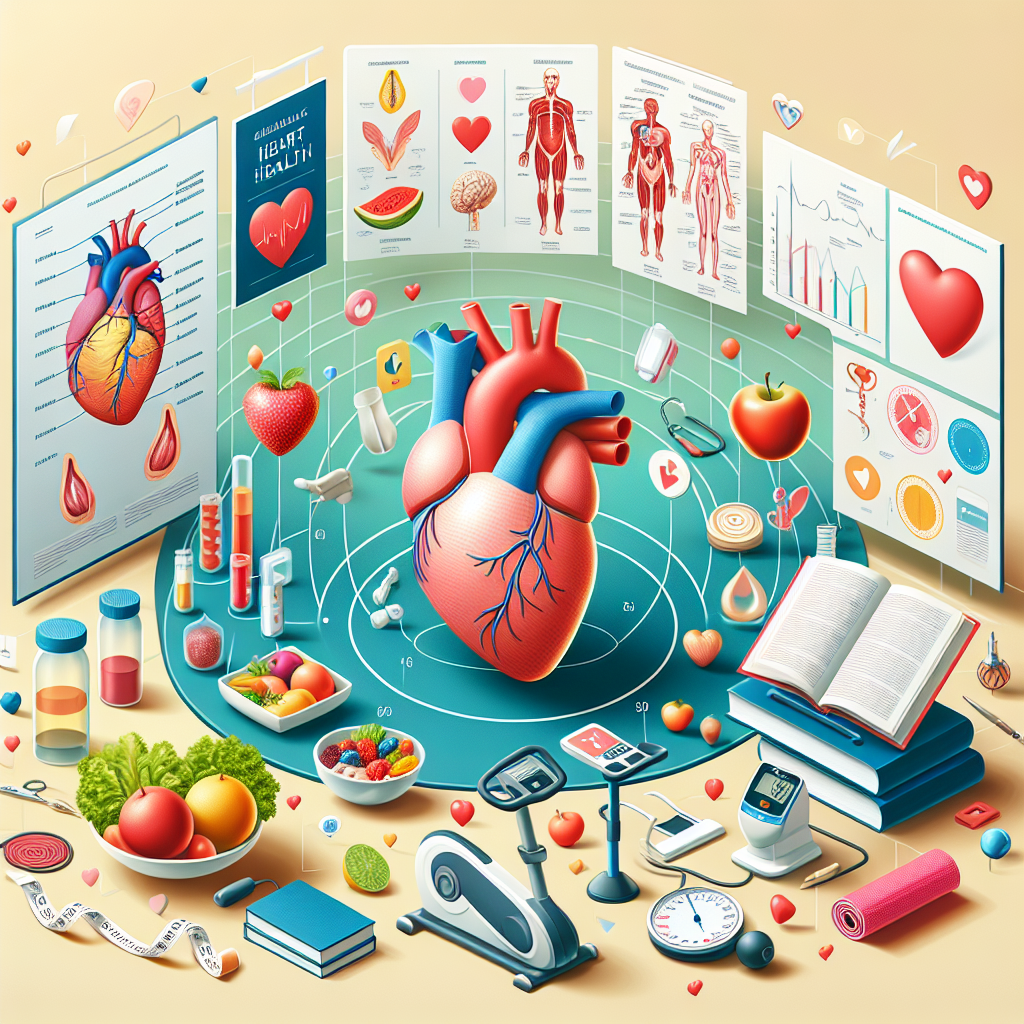Cardiovascular disease (CVD) remains a leading cause of morbidity and mortality worldwide, affecting millions of individuals and their families. While medical interventions and lifestyle changes are critical in managing CVD, the importance of patient education cannot be overstated. Educated patients are better equipped to make informed decisions about their health, adhere to treatment plans, and recognize the signs that warrant medical attention. This comprehensive guide explores the multifaceted role of patient education in the management of cardiovascular disease.
Understanding Cardiovascular Disease
Cardiovascular disease encompasses a range of conditions affecting the heart and blood vessels, including coronary artery disease, arrhythmias, heart failure, and hypertension. These conditions can lead to serious events such as heart attacks and strokes, making early detection and management essential for preserving health and prolonging life.
For individuals seeking to delve deeper into the subject, cardiovascular health is a cornerstone of well-being, and understanding the intricacies of heart function and disease is the first step in effective management.
The Pillars of Patient Education
Knowledge is Power
The journey to managing CVD begins with a solid foundation of knowledge. This includes understanding the nature of the disease, the risk factors involved, and the reasons behind prescribed treatments and lifestyle recommendations. When patients comprehend the why behind the what, they are more likely to follow through with their care plan.
Self-Monitoring and Management
Self-monitoring is a vital component of managing CVD. Patients who are educated about their condition are more adept at monitoring their blood pressure, recognizing symptoms of arrhythmias, and assessing their overall heart health. Tools like mobile health technologies play a significant role by providing patients with the means to track their health metrics in real-time.
Lifestyle Modification
Lifestyle changes are often prescribed alongside medical treatments for CVD. Patient education is crucial for implementing these changes effectively. Understanding the impact of nutrition on heart health empowers patients to make healthier food choices, while knowledge of the benefits of physical activity motivates them to incorporate exercise into their routine.
Medication Adherence
Adherence to prescribed medication is another critical aspect of CVD management. Educated patients better understand the importance of their medications, the potential side effects, and the consequences of non-adherence. This understanding is vital for maintaining the delicate balance that many cardiovascular medications require.
Preventive Strategies
Prevention is key in cardiovascular health. Through patient education, individuals learn to recognize and mitigate risk factors such as high cholesterol, obesity, and diabetes. The role of regular screenings, such as echocardiograms, cannot be overstated in detecting issues before they become life-threatening.
Implementing Effective Patient Education Strategies
To ensure that patient education is effective, healthcare providers must employ a variety of teaching methods tailored to individual learning styles. This can include:
- Visual aids and diagrams to explain complex concepts
- Hands-on demonstrations for techniques like blood pressure monitoring
- Written materials and resources for reference
- Digital tools and apps to aid in self-management
The Role of Healthcare Professionals
Healthcare professionals play a pivotal role in patient education. They are the primary source of information for patients and must be equipped to communicate complex medical information in an accessible manner. It is essential that they stay updated with the latest research and guidelines to provide the most current advice.
As part of a comprehensive approach, healthcare providers should encourage patients to explore high-quality external resources that support the points made during consultations. For instance, niche resources such as the American Heart Association offer extensive information on heart disease management and prevention.
Overcoming Barriers to Patient Education
Despite its importance, patient education faces several barriers:
- Health literacy levels vary widely among individuals
- Cultural and language differences can impede understanding
- Time constraints during consultations may limit the information that can be conveyed
Addressing these barriers requires a concerted effort from healthcare providers to ensure that education is accessible, understandable, and culturally appropriate.
Conclusion: The Lifelong Learning Journey
Managing cardiovascular disease is a lifelong journey that begins and is sustained by comprehensive patient education. It is the responsibility of healthcare systems, providers, and patients themselves to prioritize education as a fundamental component of cardiovascular care. By doing so, we empower individuals to take charge of their heart health, reduce the burden of CVD, and improve outcomes for patients around the world.
For further exploration of how patient education plays a role in specific aspects of cardiovascular health, consider reading about the importance of managing blood glucose for heart health, the benefits and risks of running for heart health, and the relationship between sleep and heart arrhythmias. Each of these articles provides valuable insights into the multifaceted nature of cardiovascular disease management.



